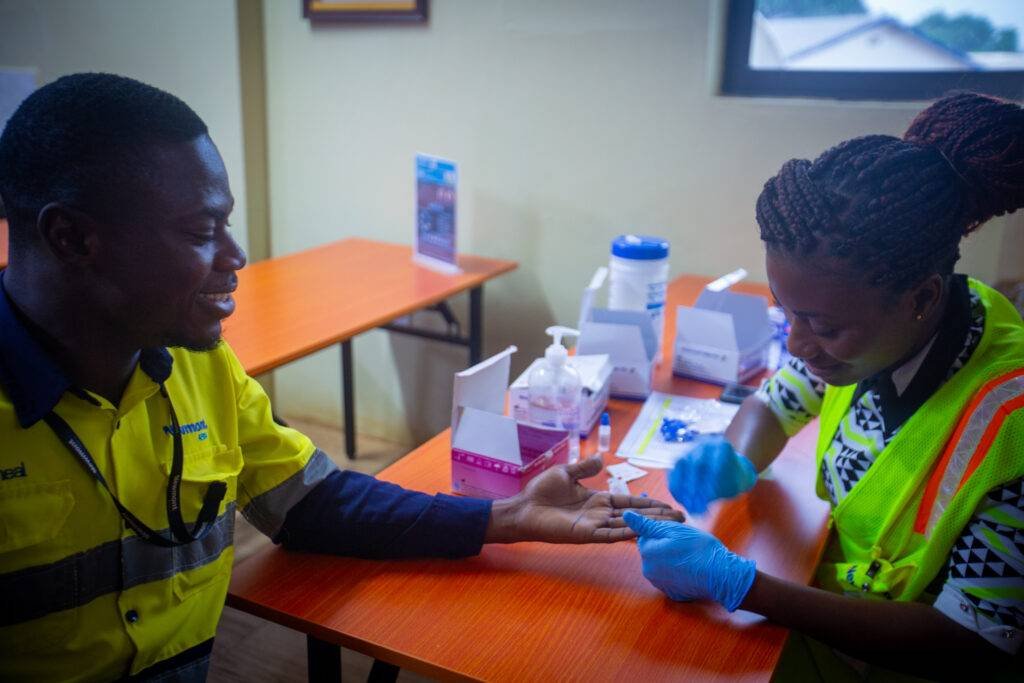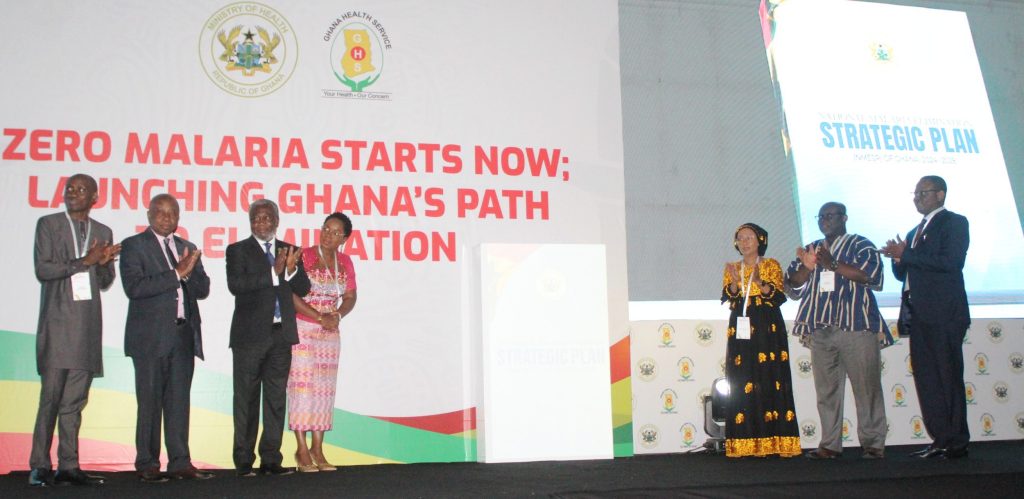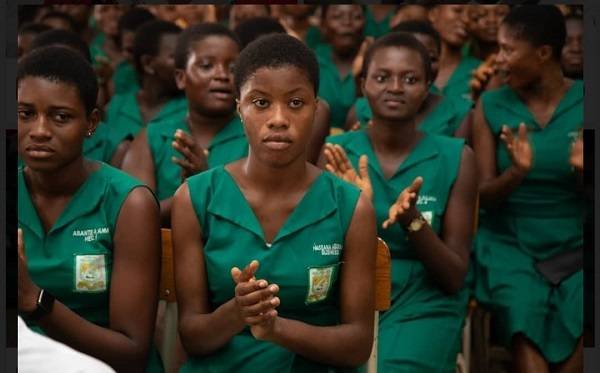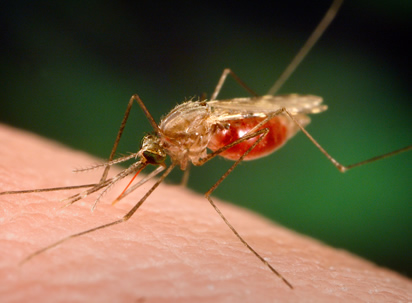
The overall goal of the Malaria Control Programme (MCP) in the country is to reduce malaria morbidity and mortality by 75 per cent by the year 2020, Mrs Gloria Quansah Asare, Deputy Director-General of the Ghana Health Service (GHS), has disclosed.
Mrs Asare, who made the disclosure at a National Dissemination Workshop to launch the 2016 Ghana Malaria Indicator Survey Report in Accra, last week, noted that malaria was a public health threat and a major cause of death, even though its incidence had reduced over the years, adding that the MPC was being implemented through interventions supported with scientifically-sound research.
She was of the view that even though the target by African leaders to eliminate malaria by the year 2030 was an onerous task, the target could be met through the use of scientifically-sound research.
In a statement, the Acting Government Statistician, Mr Baah Wadieh, said the survey revealed that the national malaria prevalence among children had decreased from 27 per cent to 21 per cent between the 2014 Ghana Demographic Health Survey (GDHS) and the 2016 Ghana Malaria Indicator Survey.
The survey results, Mr Wadieh said, also showed that malaria prevalence among children varied widely throughout the administrative regions of Ghana, ranging from 5 per cent in the Greater Accra Region to as high as 30 per cent in Central Region and 13 per cent n the Eastern Region, adding that "Rural children are more than twice as likely to be infected with malaria as urban children".
Furthermore, he said, the survey results identified areas that needed improvements to include having a blood test to verify malaria infection before treatment.
In a presentation on the methodology and household respondent on the survey, Mr Peter Takyi Peprah of the Ghana Statistical service said the GMIS data collection commenced in October 2016 and ended in December 2016 and that the Greater Accra region recorded a malaria prevalence rate of 5 per cent, Brong Ahafo region 22 per cent, Northern region 25 per cent and the Ashanti region 17 per cent.
The rest, Mr Peprah said, were the Eastern, Volta, Upper East, Western, Central and Upper West regions which recorded prevalence rate of 31, 28,15,24,30 and 15 per cent, respectively.
He said the survey results indicated that 55 per cent of children under 5 and 50 per cent of pregnant women slept under long lasting insecticide net the night before the survey.
He said the results of the survey also indicated that in Ghana, 73 per cent of households owned one long-lasting insecticide mosquito net while the Upper East region had the highest household ownership of nets with Greater Accra having the least.
Source: ISD (Nana Ama Bonnah)
Read Full Story


























Facebook
Twitter
Pinterest
Instagram
Google+
YouTube
LinkedIn
RSS